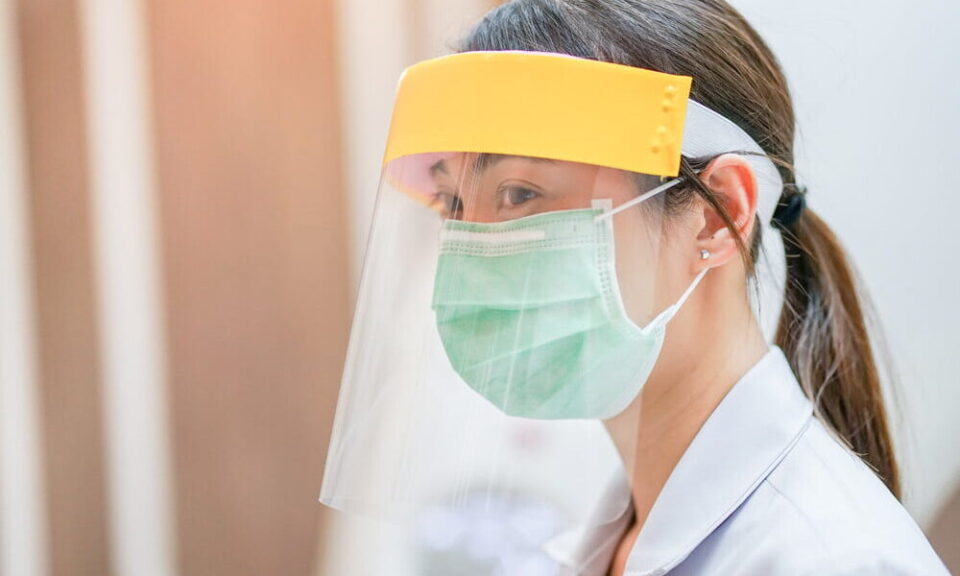When you think of environmental health, sprawling green landscapes and cleaner outdoor air might come to mind, but the truth is, the environment inside your home plays a crucial role in your overall well-being. Most of us spend the majority of our time indoors, so the quality of that space affects everything from our mood to our health.
Unfortunately, many homes harbor invisible threats like pollutants and allergens that can harm us over time. The good news? With a little awareness and action, you can create a safer, healthier living space right at home.

Understanding Household Pollutants
Everyday items in our homes can release pollutants that make the air less healthy to breathe. From cleaning products and furniture to heating systems and pets, these sources often go unnoticed yet have significant impacts. Here are some common indoor pollutants and their effects:
1. Volatile Organic Compounds (VOCs)
Cleaning products, air fresheners, paint, and even furniture can emit VOCs like formaldehyde and benzene. These chemicals can irritate your eyes and throat, cause headaches, and even increase the risk of chronic conditions like asthma with long-term exposure.
2. Dust and Dust Mites
Tiny and often invisible, dust mites thrive in household ecosystems. Found in bedding, carpets, and soft furnishings, these mites can be allergens that trigger sneezing, congestion, and itchy eyes.
3. Mold and Mildew
Bathrooms and basements are hotspots for mold and mildew, especially in homes with poor ventilation or high humidity levels. Mold exposure can cause respiratory problems or exacerbate existing conditions like asthma.
4. Carbon Monoxide (CO)
Gas-burning appliances like stoves, furnaces, and fireplaces can produce carbon monoxide, a colorless, odorless gas that can be deadly in high concentrations. Even in smaller doses, it can cause dizziness, nausea, and fatigue.
5. Pet Dander
If you share your home with furry friends, pet dander is another common allergen to watch for. While pets bring love and joy, their shedding skin flakes can become airborne and irritate people with allergies or asthma.
Tips for Creating a Healthier Home Environment
Now that you know the hidden risks, it’s time to take action. Small, mindful changes can drastically improve your indoor air quality and lower health risks for you and your family.
1. Ventilate Regularly
Improper ventilation allows pollutants to accumulate, so make sure your home has good airflow. Open windows for a few minutes daily or use exhaust fans when cooking or showering to bring in fresh air and remove humidity.
2. Upgrade Cleaning Habits
Switch to non-toxic or natural cleaning products to reduce your exposure to VOCs. Regularly vacuum with a HEPA filter to trap dust and allergens, and wash bedding weekly in hot water to keep dust mites at bay.
3. Manage Humidity Levels
Use a dehumidifier to maintain indoor humidity between 30% and 50%. This discourages mold growth and keeps your home more comfortable. Don’t forget to fix water leaks immediately to prevent damp spots from becoming problem areas.
4. Test for Carbon Monoxide and Radon
Install carbon monoxide detectors on every floor and near sleeping areas, and test your home for radon, an odorless gas that’s a leading cause of lung cancer in the U.S. Both measures provide peace of mind and can be lifesaving.
5. Bring Nature Indoors
Houseplants like peace lilies and snake plants not only add beauty but also help clean the air naturally by absorbing pollutants. They’re a low-maintenance way to make your home healthier and more inviting.
Conclusion
Focusing on your indoor environment doesn’t just create a cleaner space, it improves your quality of life. Better air quality can enhance sleep, reduce allergies, and even boost your energy. By tackling pollutants head-on and adopting healthier home habits, you’re investing in the health of your household for years to come.

